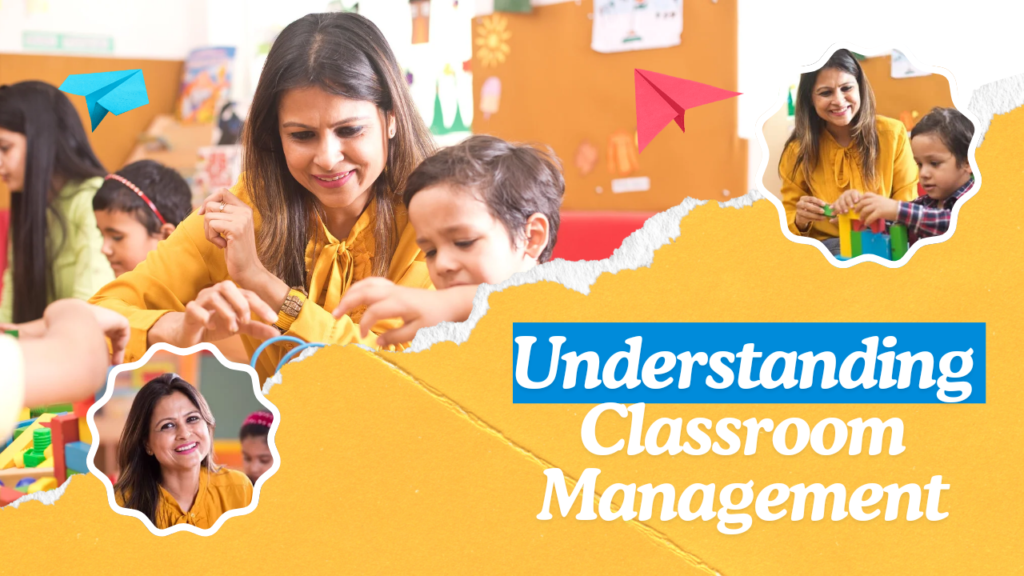

Understanding Classroom Management
Classroom management is very important for teachers. It includes different strategies and techniques that help create a good learning environment. It’s not just about keeping order; it’s about making a space where students can succeed both academically and socially. Good classroom management means setting clear expectations, establishing routines, and creating a structured environment that encourages student engagement and reduces disruptions.
In recent years, the need for effective classroom management has become even more significant. Teachers are facing challenges with student behavior and engagement. A thoughtful management plan can greatly improve the learning experience, so teachers need to develop and use effective strategies.
The Role of Structure in the Classroom
Structure is the foundation of any effective classroom management plan. It involves the physical setup of the classroom and the daily routines. When teachers create a structured classroom, students understand what is expected of them. This creates a sense of security and predictability.
Physical Arrangement
How the classroom is set up has a big effect on teaching and student engagement. Teachers should arrange desks to support different activities. For example, grouping desks helps students work together, while rows are better for direct teaching.
Also, teachers should carefully place materials and resources. This makes it easy for students to find what they need. When teachers organize everything, distractions are reduced, and students can move smoothly between activities. As a result, this leads to a more productive learning environment.

Daily Routines
Establishing daily routines is an important part of classroom structure. Routines create a predictable order of events that help students know what to expect each day. For example, routines can include how students enter the classroom, how they switch between subjects, and how they manage materials.
When teachers consistently use these routines, students can focus more on learning instead of wondering what to do next Routines also help reduce disruptions and encourage students to take responsibility as they learn their roles and understand what is expected of them in the classroom.
Building Effective Routines
Creating effective routines needs careful planning and clear instruction. Teachers should look at their current routines and find areas that need improvement. After identifying these areas, they should create a clear daily schedule. This schedule should outline specific routines and assign time slots for each one.
Communicating Expectations
Clear communication is key for successfully implementing routines. Teachers should explain routines in a way suitable for the student’s age, using visual aids when needed to help with understanding. This communication should also include parents, so they know what to expect in the classroom and can support their children at home.
Teaching and Practicing Routines
Clear instruction is very important when introducing new routines. Teachers should break each routine into simple steps so students can easily understand and practice them. They should model the expected behaviors and give students chances for guided practice. Gradually, teachers can allow students to take more responsibility and practice these routines on their own.
Reinforcement and regular review of routines are necessary to help students remember them over time. This ongoing process helps students understand the expectations better and creates a smoother classroom environment.
The Benefits of Classroom Routines
Well-structured routines provide many benefits when implemented. First, they lower classroom distractions by giving students clear rules on how to act in different situations. This clarity helps students focus on learning instead of figuring out what to do.
Second, routines encourage independence and self-control in students. As students get used to the expectations, they learn to better manage their time and responsibilities. This skill becomes especially important as they progress through their education.
Finally, routines improve the overall classroom environment. A well-structured classroom promotes positive relationships between students and between students and teachers. When students feel safe and know what is expected, they are more likely to engage positively with their peers and their learning.
Maintaining Consistency
Consistency is essential in classroom management. Teachers should work hard to keep the routines and structures they have set up. This consistency not only reinforces expectations but also helps build trust between teachers and students.
When students know what to expect and see that routines are followed consistently, they are more likely to stick to classroom norms. Additionally, regular classroom meetings can serve as a platform to discuss successes and challenges related to routines. This allows for adjustments as needed.
Want to read more about classroom management? Visit our website for more such informative blogs. Click here to visit.
Conclusion
In summary, effective classroom management is crucial for creating a productive learning environment. By building structure and using well-planned routines, teachers can create a sense of security and predictability. This boosts student engagement and reduces disruptions.
As you think about your own classroom management, consider how you can apply these principles in your teaching. Remember, the aim is to create a space where students feel empowered to learn and grow.
If you want to explore more strategies and resources to improve your classroom management abilities, think about joining our Business cluster. Together, we can build a supportive community focused on enhancing educational practices worldwide.
Barkha Sachdeva is a B.Com(Hons) graduate from Delhi University. Passionate about crafting content, she enjoys writing about fashion, beauty, technology, and travel. With three years of content writing experience, she possesses valuable insights and ideas in these domains.







Post Comment